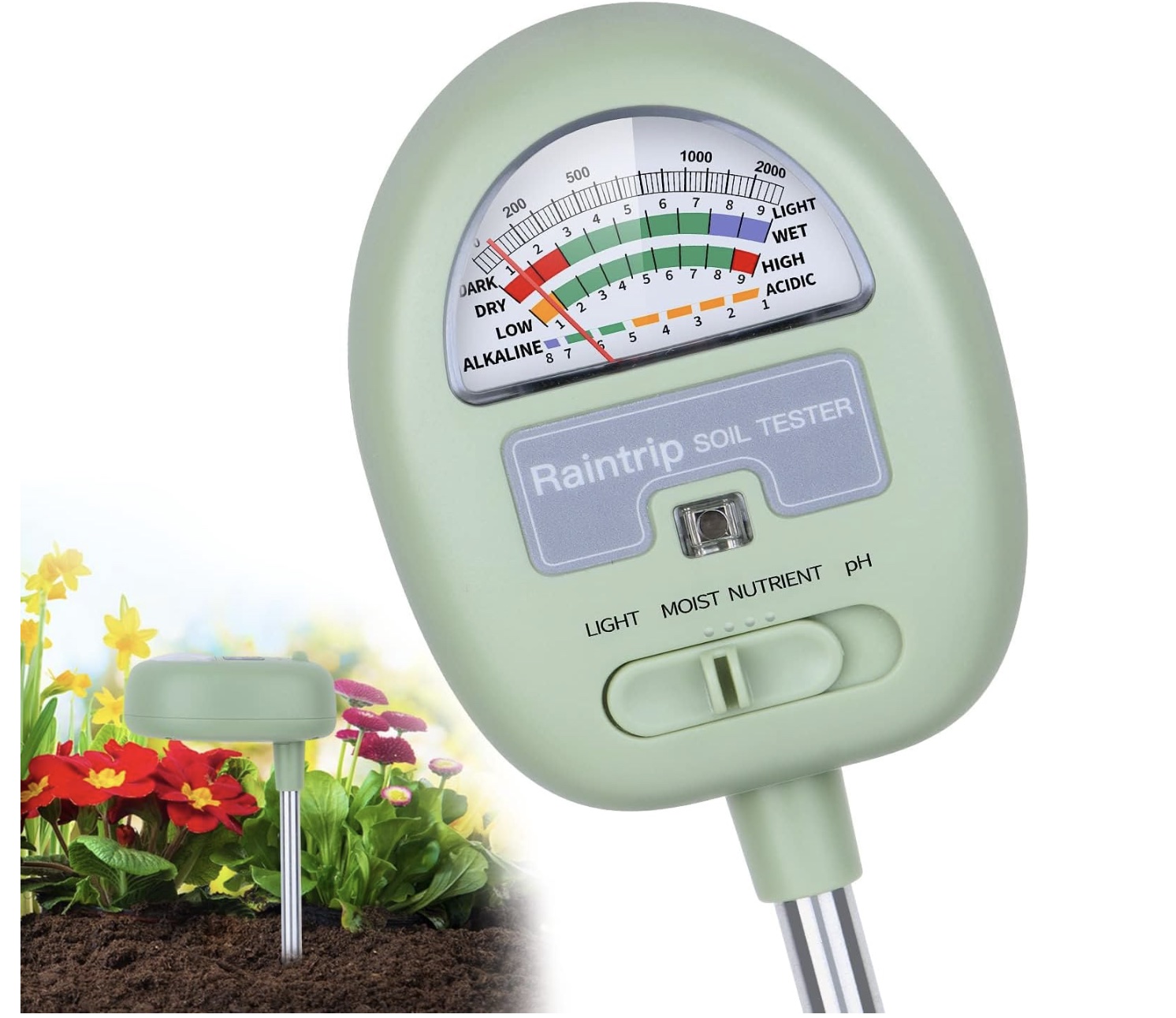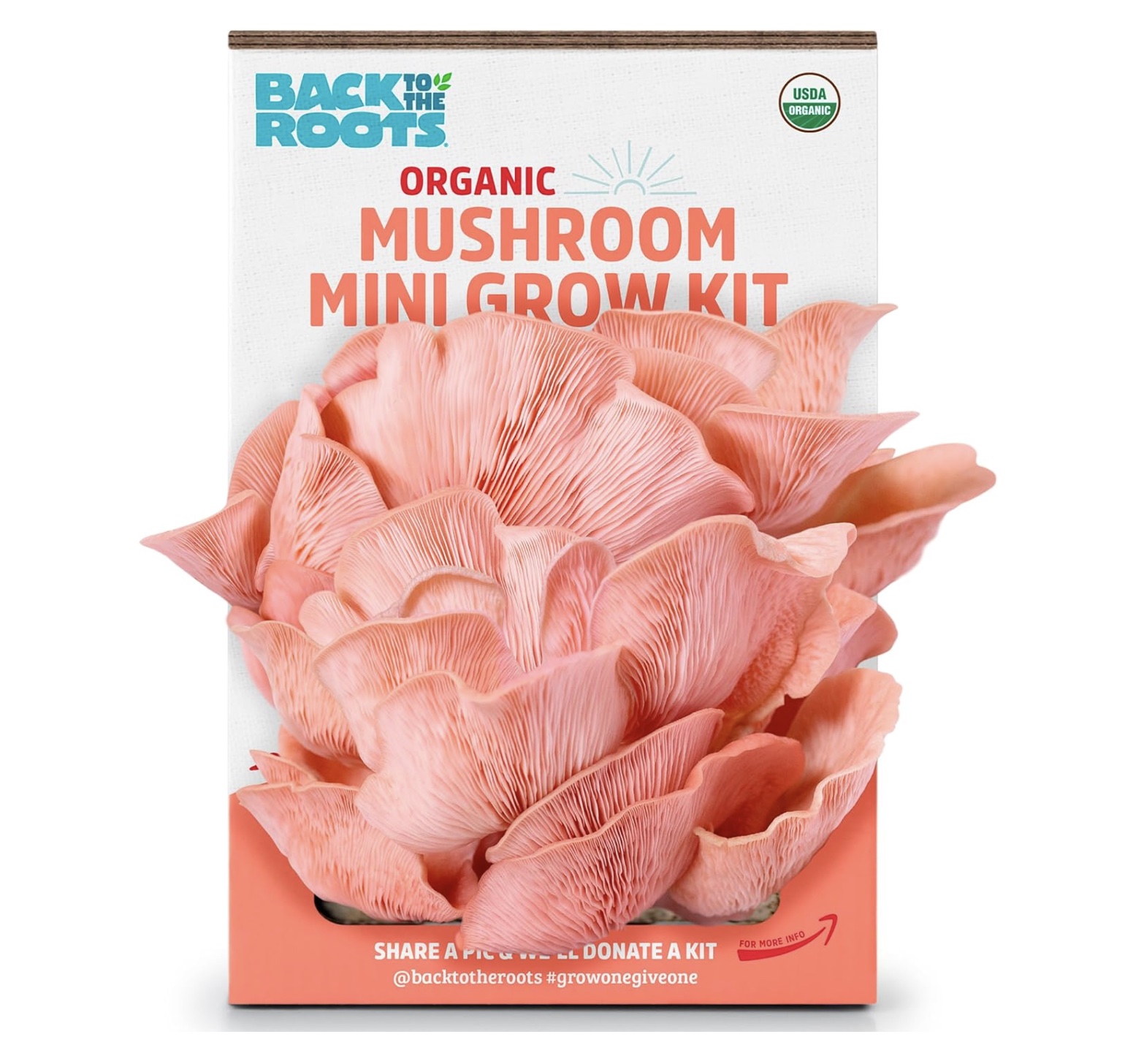Don’t Panic if You See Mushrooms in the Garden – They Can Help You Unearth Fascinating Soil Health Secrets
Got mushrooms in garden beds, borders, lawns and other places? From healthy dirt to hidden trouble, here’s what the presence of fungi can teach you, and what you can do
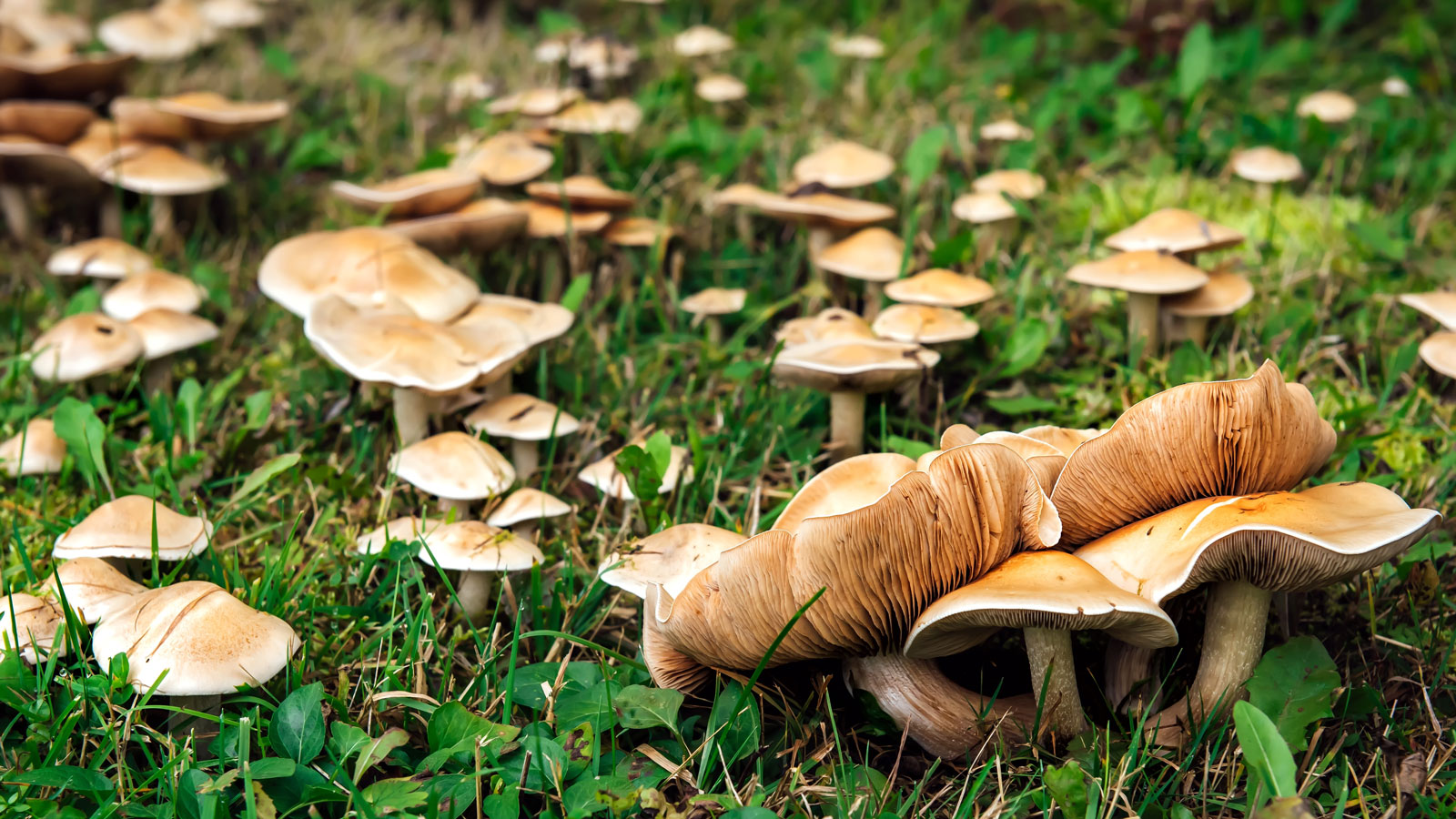

Mushrooms in garden beds, popping up from garden soil or nestled elsewhere on lawns, are like little flags – alerting you to other things happening underground. These fungi pop up for a reason, hinting at whether your soil’s buzzing with life or dealing with sneaky issues. Some mushrooms can actually be a very good sign, indicating fertile dirt, while others can spell bad news.
“So why are mushrooms growing in my garden?” you may well be asking. Mushrooms tie into the big picture of soil health, breaking down old plant bits and feeding crops. Knowing more about mushrooms in the garden gives you a fascinating organic way to read the signs – and tweak your gardening moves. Sometimes mushrooms growing in garden bed areas and lawns can mean healthy soil. At other times, they can be an indicator that you need to dig deeper. Let’s unpack what mushrooms are telling you about your garden soil, lawns or compost – and what you can do next.
Why Mushrooms Matter in Gardens
Mushrooms in garden soil spill the dirt on what’s happening below. Some types like shaggy mane (aka shaggy inkcap, lawyer’s wig or Coprinus) can point to lively, fertile soil. Others like honey fungus (Armillaria) can flag up root rot. Often, mushrooms in the garden mean healthy soil – although it depends where they pop up. Their appearance in lawns, beds or compost can tell a slightly different story.
Judging the overall quality of your garden soil will depend on other factors, of course, such as your USDA region, specific ground issues, and any particular garden irrigation system you may have in place. But observing the mushrooms you have growing, where you see them, and what they could indicate, will all help you in ascertaining soil health – and deciding how you address any underlying problems.
Mushrooms as Soil Health Clues
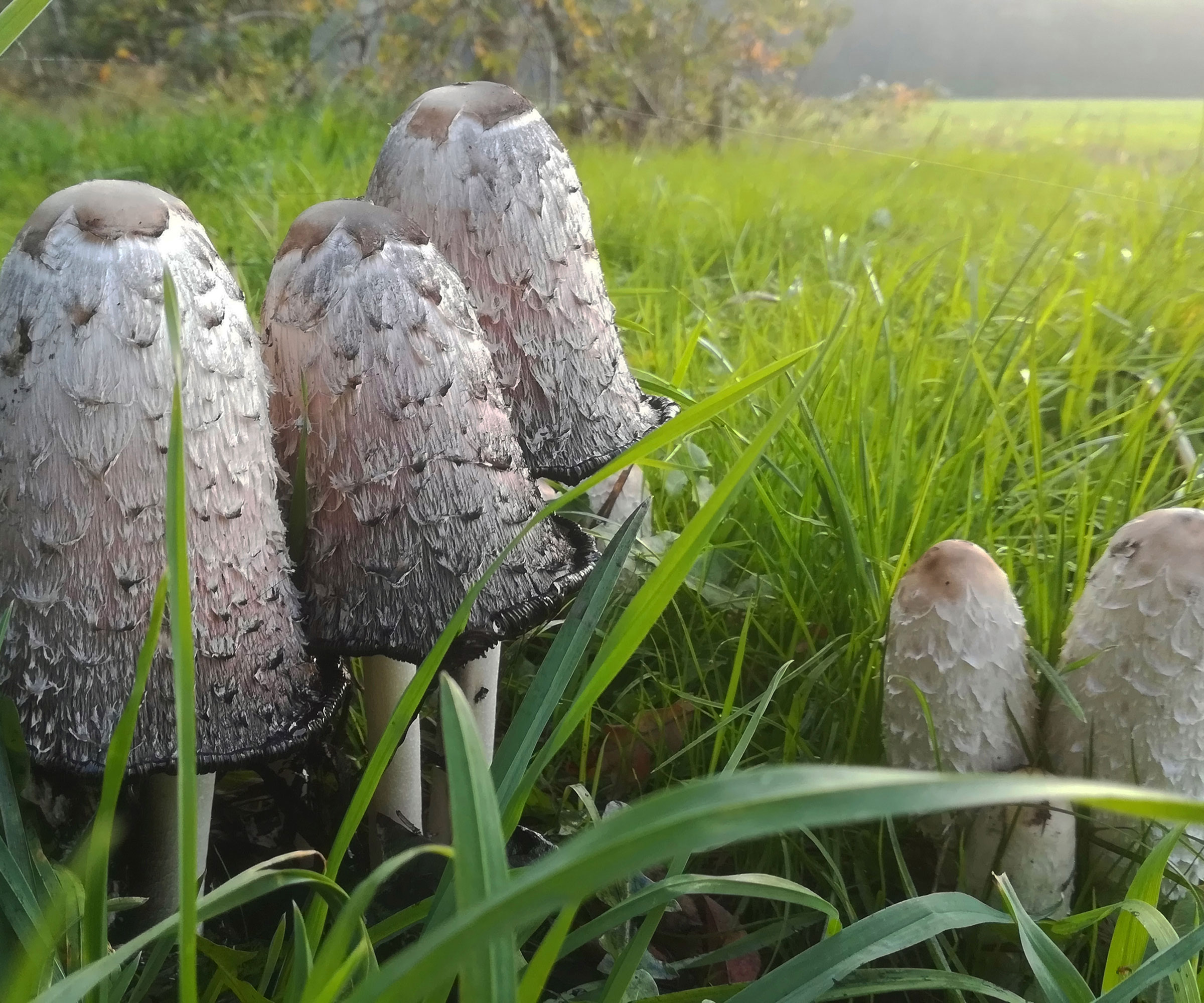
Mushrooms show up when fungi in the soil get to work. They’re the fruiting parts of mycelium, a web of threads chewing through dead leaves, wood or grass. Seeing them often means your soil is alive with microbes, which are busy turning all manner of junk into plant food. Take those shaggy manes or inkcaps (Coprinus). They love rich, organic soil, perfect for growing peppers or beans.
But some mushrooms wave a warning. Certain gatherings of honey-colored clusters could point to root rot, especially if any trees or shrubs nearby also look sickly. So mushrooms are a first clue to help point you in the right direction. But you will need to be willing to dig deeper and get to know your soil’s full story in order to act smart.
It’s worth testing soil near mushroom activity to help give you a better read on what is going on down below. You can use a moisture meter, like my favorite 4-in-1 from Amazon, in areas near where you spot any mushrooms in flower beds, or dotted along path edges or in lawn groupings. This will help you figure out a bit more detail about soil conditions and pin down what’s sparking those mushrooms in each spot.
Sign up for the Gardening Know How newsletter today and receive a free copy of our e-book "How to Grow Delicious Tomatoes".
The Role of Fungi in Soil Health
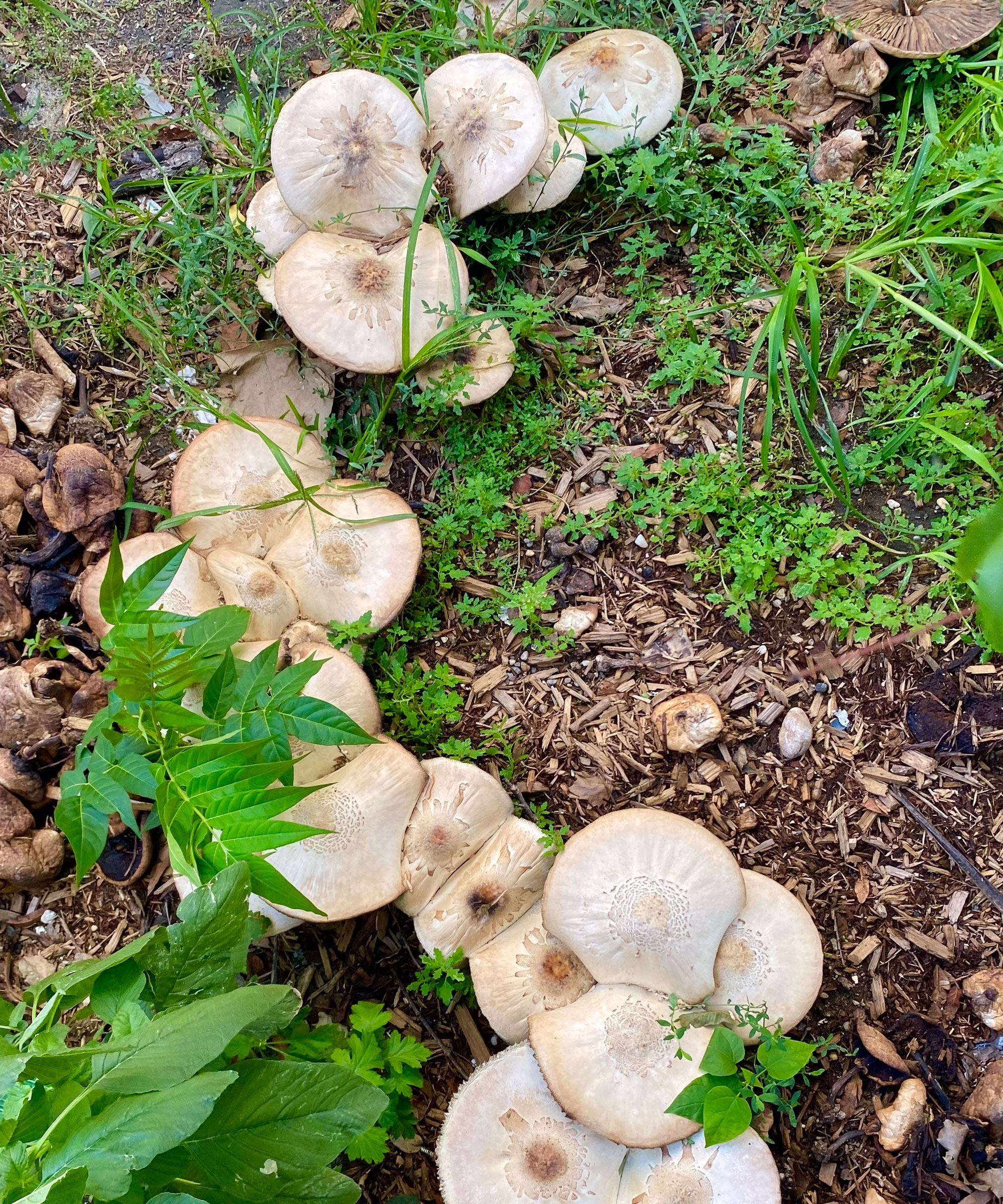
Fungi are your soil’s cleanup squad. They digest stuff like wood scraps, turning it into food your plants can take up. Mycorrhizal types, team up with roots, helping them snag water and phosphorus. In areas where you are growing vegetables or fruits, knowing that the earth is loaded with these extra elements can mean you are able to grow tougher crops without piling on extra fertilizer.
A little caution needs to be exercised, though, when you spot mushrooms in the garden soil, whether in beds where you may be thinking of growing veg or herbs, or around shrubs or trees that you are hoping to cultivate for fruits. Yes, mushrooms can mean healthy soil – if they are types that thrive in rich mulch. They can keep soil fertile by recycling organic matter.
However, too many mushrooms in wet spots can hint at soggy, compacted dirt. Keep an eye out for mushroom clumps growing in low areas. It’s a sign to check drainage, and soil compaction. You can alleviate the risks of soil compaction by regularly turning and digging the soil.
For comfortable digging and edging, try the Expert Gardener Fiberglass D-Handle Garden Spade from Walmart. You may also find it helps to regularly use a rotovator such as the Garden Weasel 2-in-1 Rotary Cultivator and Hand Tiller from Amazon to help aerate and loosen up the soil.
Mushrooms in Different Garden Spots
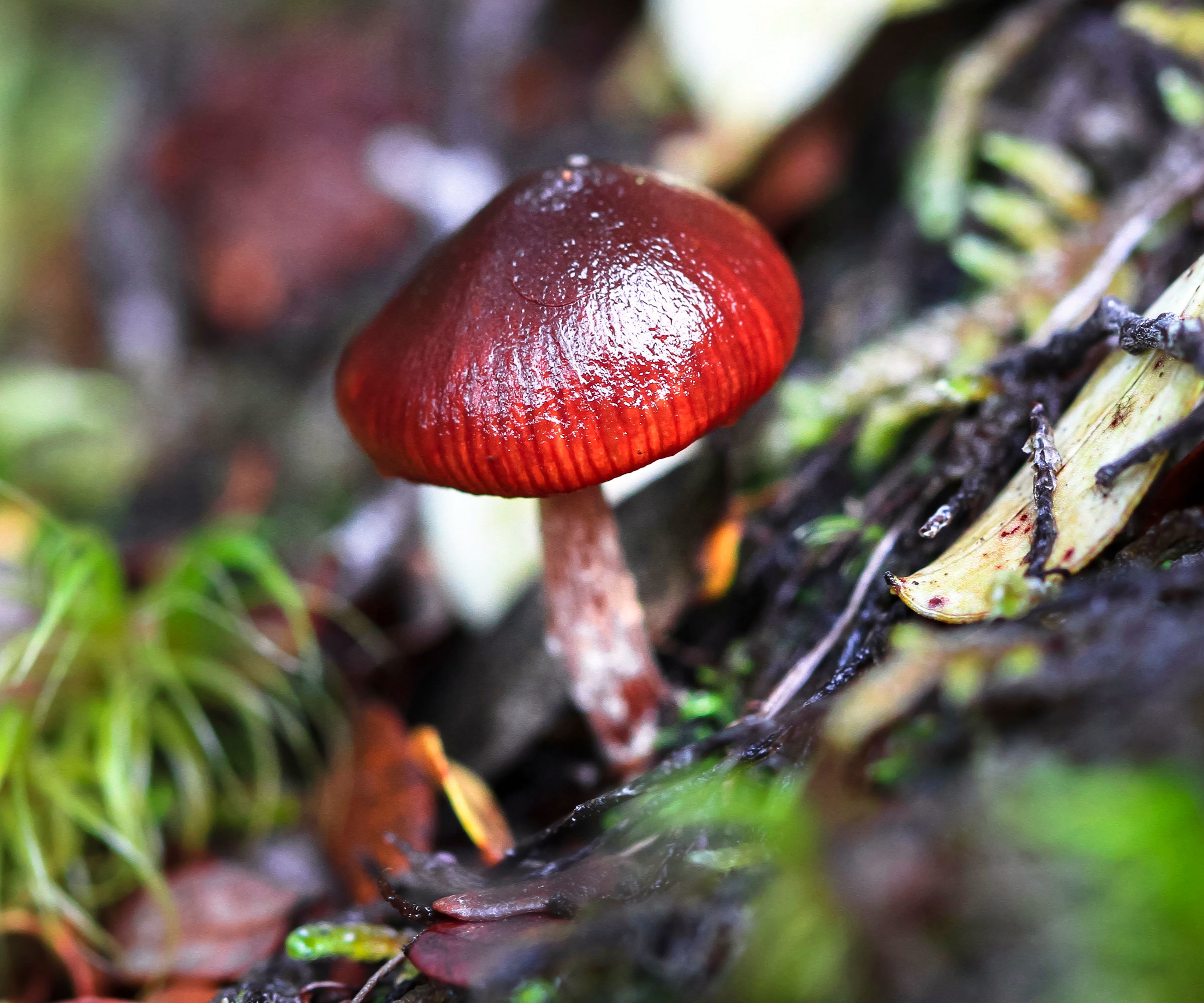
In order to help you decide if you need to do anything to improve your garden soil, take time to assess exactly where your mushrooms are growing. The presence of fungi can mean different things, depending on where they grow. Here are some common spots to find mushrooms growing in garden corners:
- In lawns, fairy rings from Marasmius oreades often mean healthy, organic-rich soil. However, circles can point to uneven water flow, so it’s worth taking soil samples.
- In garden beds, puffballs like Lycoperdon show good breakdown, which is great for zucchini or kale plants as well as other crops.
- In compost, the appearance of wine caps (Stropharia rugosoannulata) is a great sign as these mushrooms love fresh piles, signaling your compost’s cooking nicely.
- In mulch, bird’s nest fungi (Nidulariaceae), which look like miniature nests, can mean active decay, feeding your soil.
- However, mushroom patches near trees could scream root rot, especially if you notice that any plants drooping. Although mushrooms do not cause it directly, they may well indicate a pathogen in the soil.
When Mushrooms Could Spell Trouble
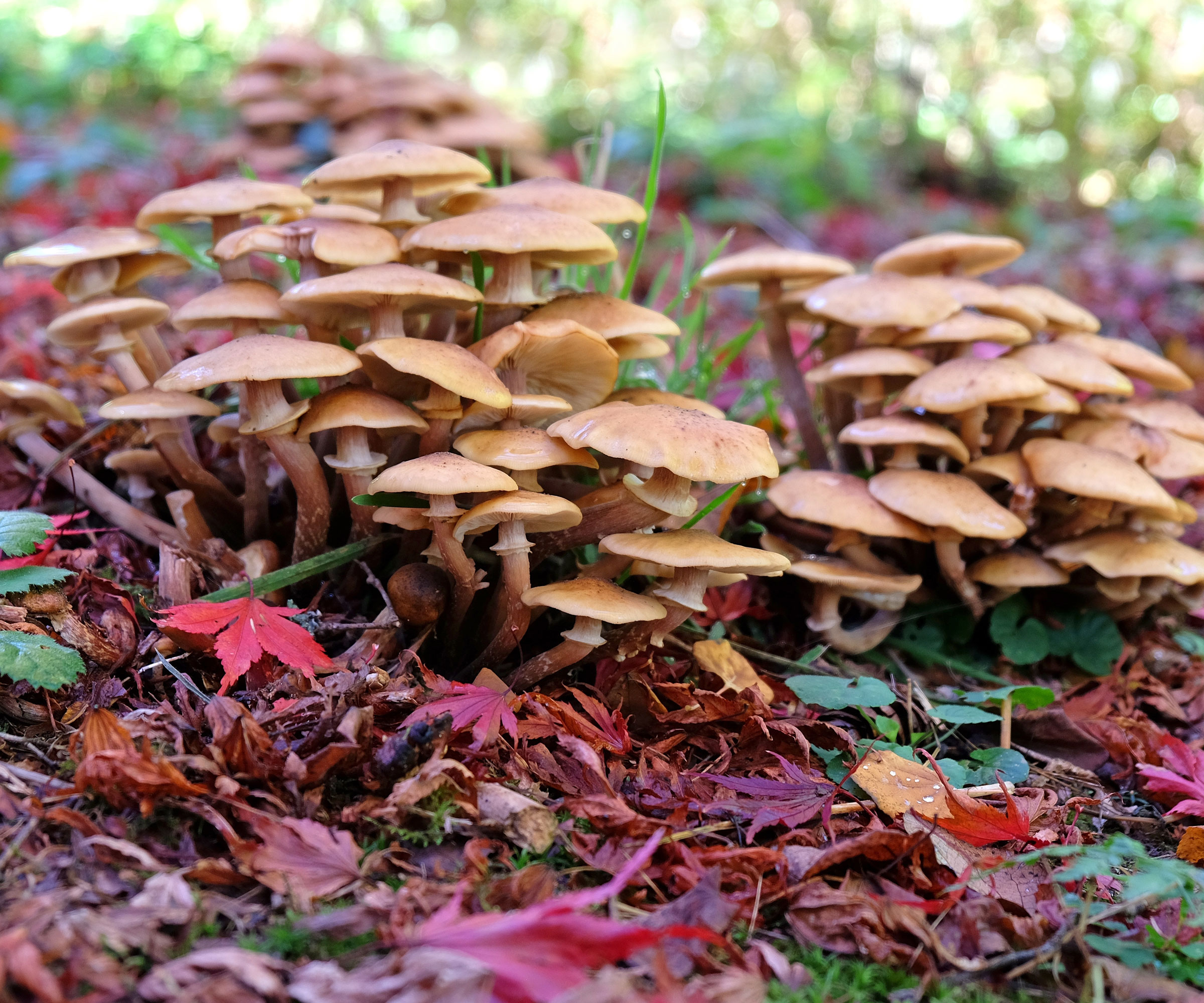
Some mushroom sightings can indicate problems down below, though that does not mean you should be alarmed – you just need to investigate further, and possibly make some changes. Here are a few spots that ought to encourage you to take further steps:
- Honey fungus (Armillaria mellea), as mentioned before, with their honey-colored caps, can indicate root rot, hitting woody plants like roses or maples. Dig around roots for white, stringy mycelium if you see those mushrooms. Use a shovel like the Radius Garden Shovel from Lowe’s to help with digging around roots.
- False parasols (Chlorophyllum molybdites), also known as the green-spored parasol or lawn mushroom, can show up in soggy, compacted dirt, and this points to drainage troubles. Take steps to dig, aerate, or treat the earth. Alternatively, use raised beds where soils are really badly drained. The Gardening Know How team loves the Vego range of raised beds, available at Amazon.
- If you spot a ton of mushrooms in wet beds, this can indicate bad aeration or waterlogged soil. You can try breaking up the earth with a hand fork or cultivator like the Fiskars Ergo Cultivator from Amazon for direct manual intervention.
- Some, like many of the species of Amanita, can poison pets or kids. They can be red, yellow or white, and often have crusty warts on their caps. If you suspect you have some of these on your hands, pull them out quickly. It’s a good idea to wear gloves like Trifabricy Leather Gardening Gloves from Amazon just to be on the safe side.
Benefits of Mushrooms for Soil and Plants
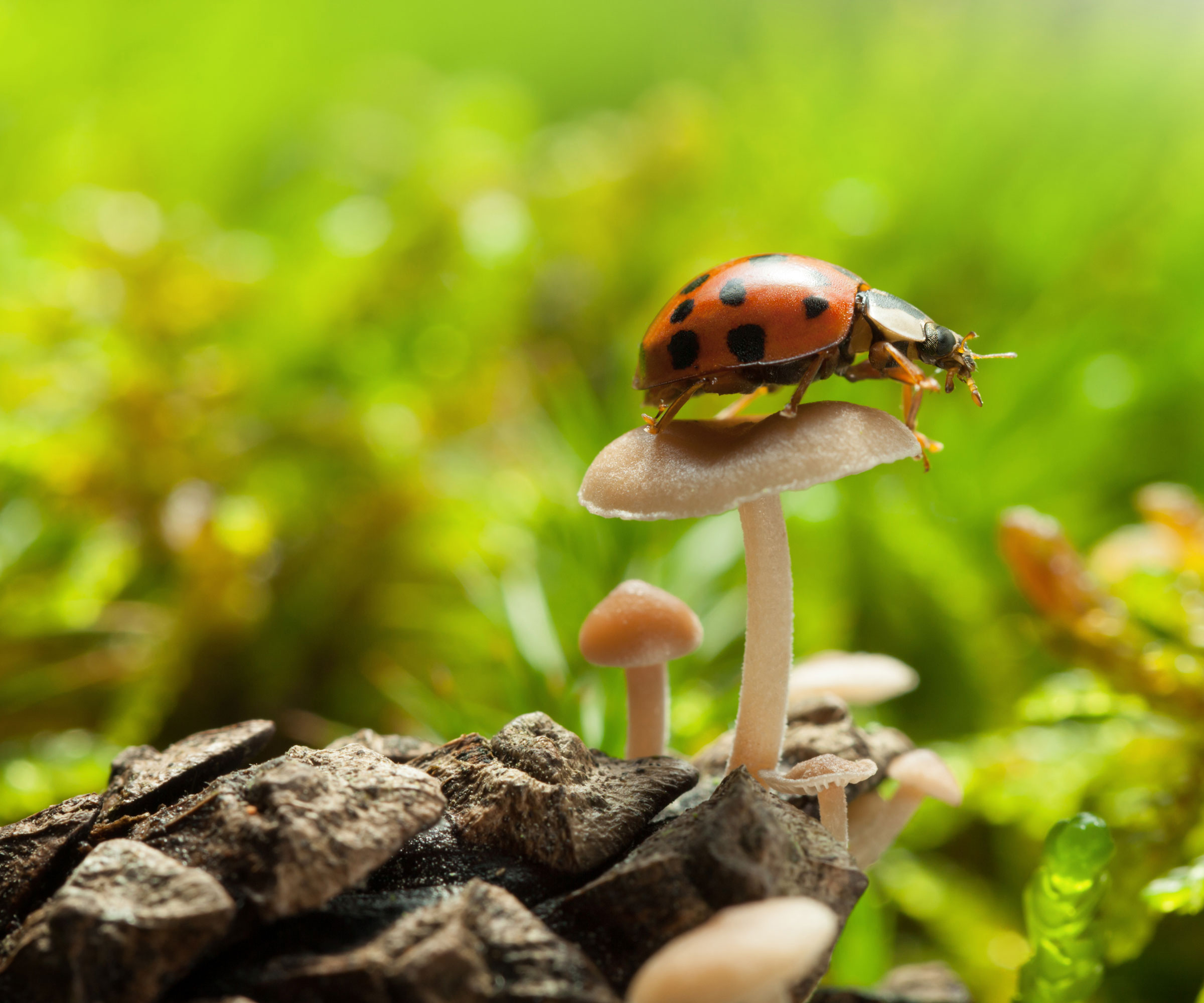
Apart from the specific problem cases outlined above, mushrooms on the whole can pack some real wins for your garden. Saprophytic kinds chew up dead bits, tossing nutrients into the soil for crops like lettuce or carrots. Mycorrhizal types, linked to Boletus, buddy up with roots, letting tomatoes or beans soak up water and food, so you don’t need as much fertilizer.
Fungal threads knit soil together, keeping the structure loose and better able to hold water. Mushrooms also pull in helpful bugs like beetles which gobble pest larvae. Spread some organic mulch, like Scotts Nature Scapes Mulch from Amazon, to help keep the good stuff flowing. Just keep your eye on the ground – don’t let it get too soggy, or else you might be asking for trouble!
Other Ways to Help Boost Soil
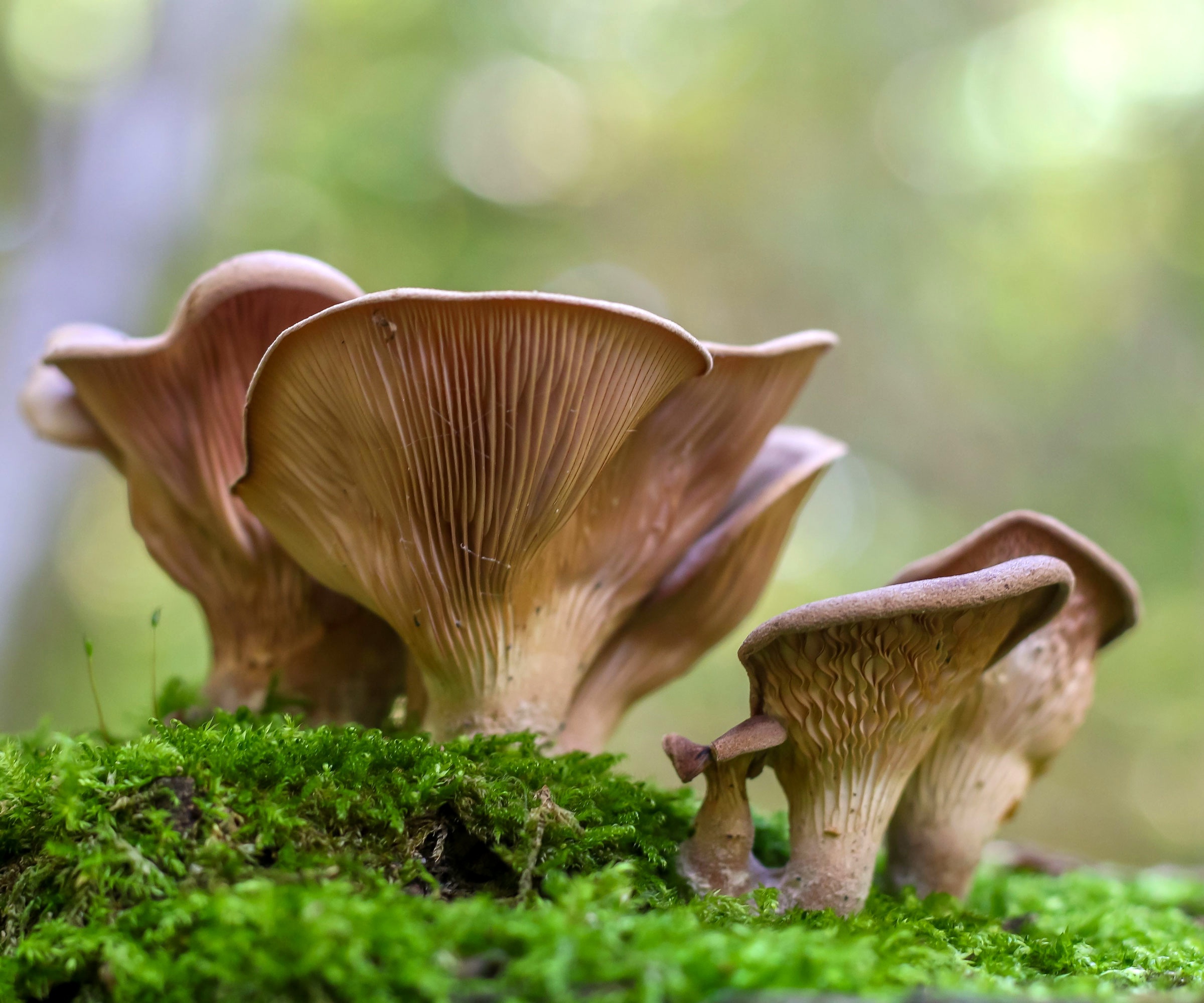
Adding a layer of mulch to your garden soil is a great way to improve its condition. Over time, it can help not only with drainage but also with structure, boosting the presence of air pockets and leading to a more crumbly consistency. For an organic mulching option, try Back to the Roots Organic Premium Mulch from Amazon.
Adding compost is another great way to improve the condition of your soil, and hopefully you have some sort of composting routine in play in a corner of your yard. The Vivosun Outdoor Tumbling Composter from Amazon is a great option for bulk rotations. And if you want to add some more mushroom goodness into your garden, how about some Espoma Organic Mushroom Compost from Amazon? This is great as a top dressing and as a potting booster for container gardening.
Need more ideas for timely gardening jobs and seasonal expert advice delivered straight to your inbox? Sign up for the free Gardening Know How Newsletter!
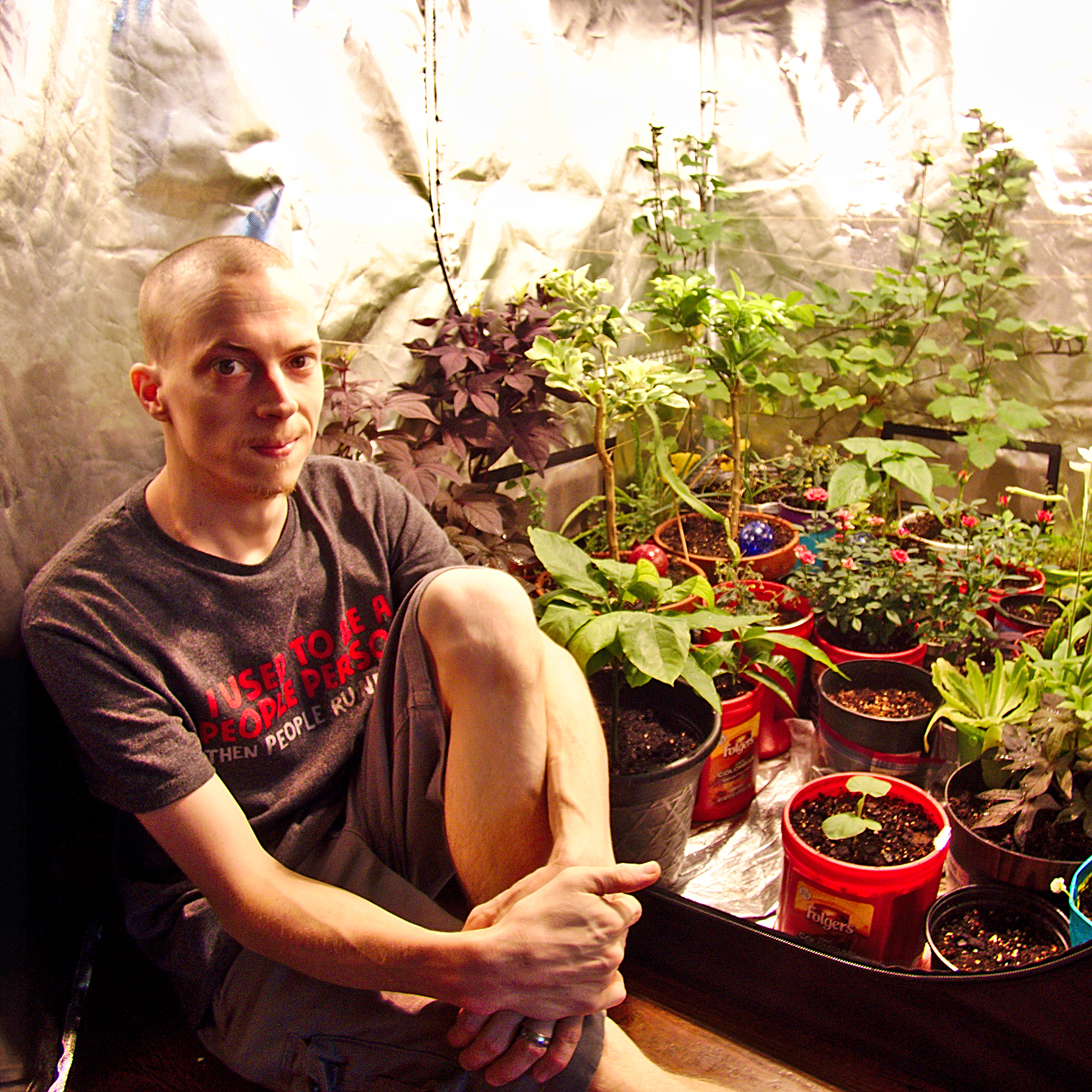
Tyler’s passion began with indoor gardening and deepened as he studied plant-fungi interactions in controlled settings. With a microbiology background focused on fungi, he’s spent over a decade solving tough and intricate gardening problems. After spinal injuries and brain surgery, Tyler’s approach to gardening changed. It became less about the hobby and more about recovery and adapting to physical limits. His growing success shows that disability doesn’t have to stop you from your goals.
- Janey GouldingContent Editor
- Amy DraissDigital Community Manager
